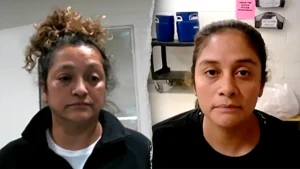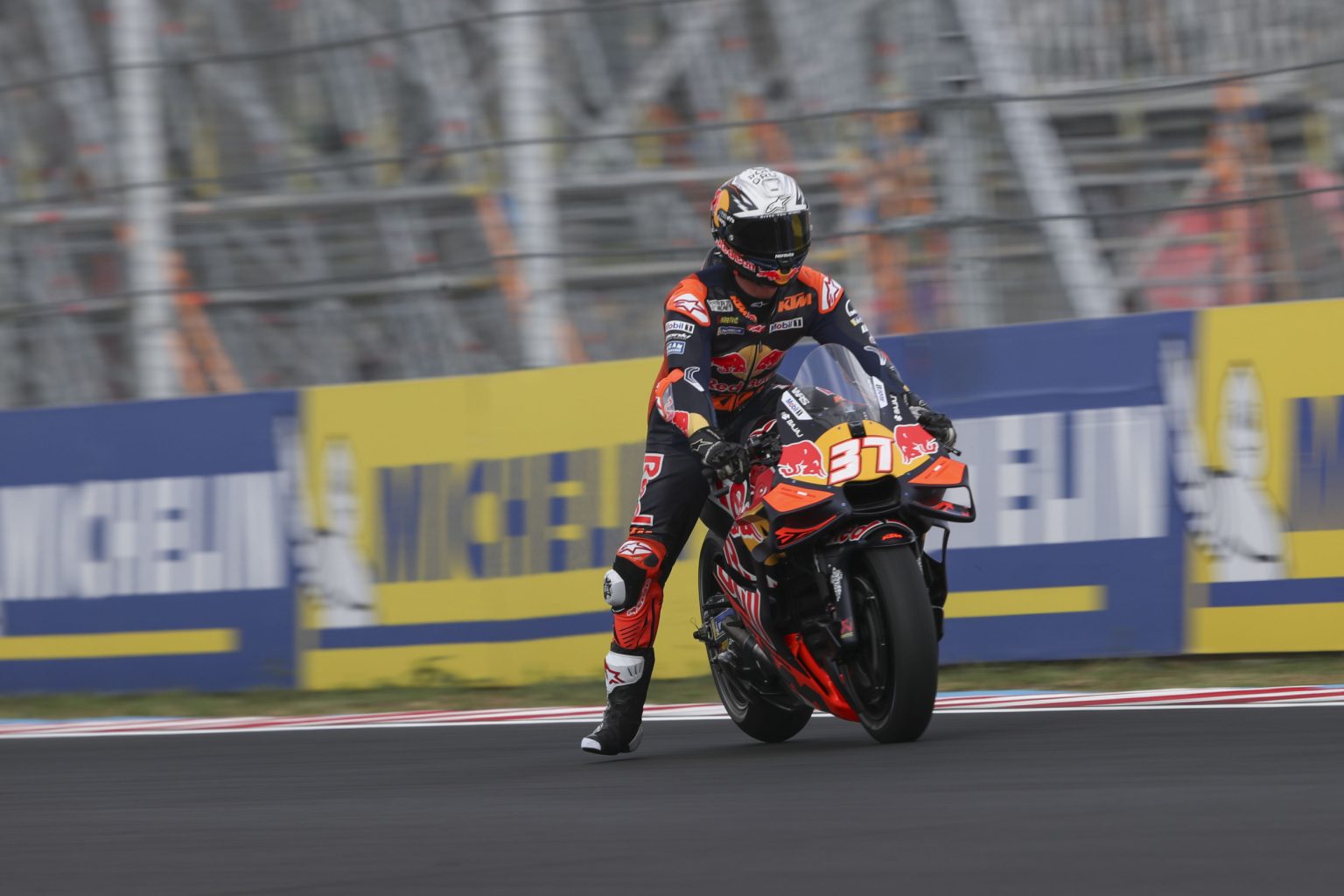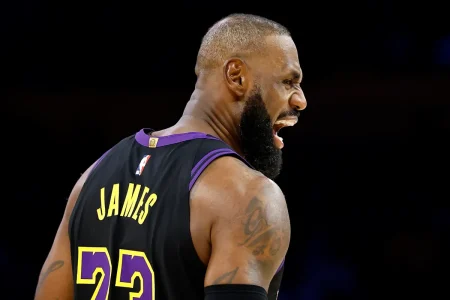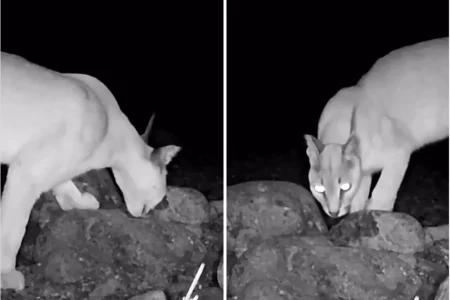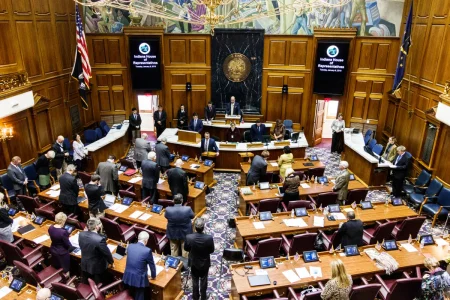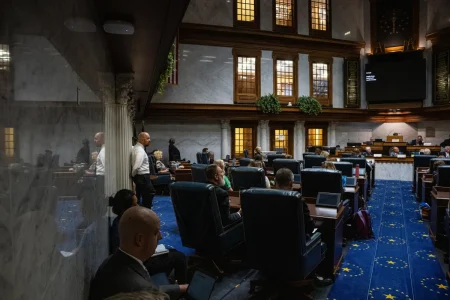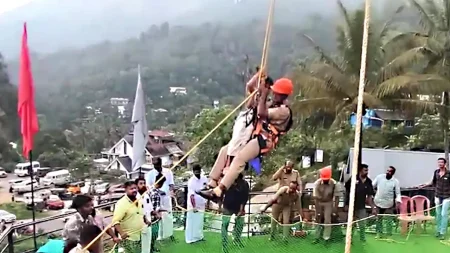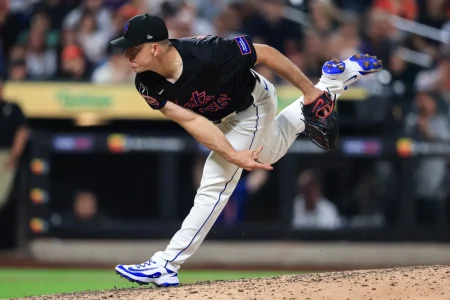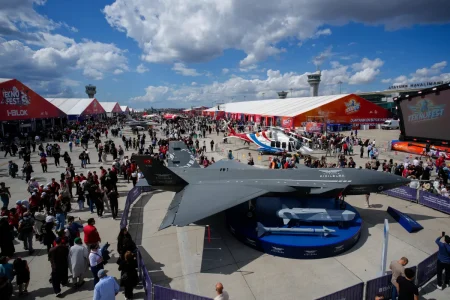High-Speed Drama: Acosta’s Crash at Hungarian MotoGP Qualifying
In a heart-stopping moment during the Hungarian Grand Prix qualifying round at Balaton Park circuit, KTM rider Pedro Acosta experienced a terrifying crash that left spectators and social media users in shock. The 21-year-old Spanish rider lost control of his RC16 at Turn 8, sending both rider and machine sliding across the track at alarming speed. What made this incident particularly dramatic was not just the crash itself, but what happened next – despite the presence of a gravel trap designed to slow down wayward motorcycles, Acosta’s bike maintained enough momentum to continue its trajectory, flipping several times before striking a camera mounted on a tower approximately three meters high. The cameraman, identified only as Joao, experienced what must have been the fright of his career as the heavy racing machine came dangerously close to his position, damaging his equipment but thankfully leaving him physically unharmed.
The incident, which unfolded in mere seconds during the 2025 Hungarian Grand Prix qualifying session near Balatonfokajar, immediately raised serious questions about the safety protocols at the Balaton Park circuit. Fans and experts alike took to social media to express their concerns about the inadequate run-off areas and what many perceived as insufficient safety measures for a world-class racing venue. “As I expected, this track is very bad in terms of layout and safety,” commented one viewer, while another bluntly demanded organizers “delete the circuit.” The fact that a crashed motorcycle could travel through a gravel trap with enough force to reach and strike a camera position highlighted potential design flaws that could put riders, officials, and media personnel at unnecessary risk during high-speed accidents.
The crash proved costly for Acosta’s qualifying performance as well. What might have been a pole position attempt ended abruptly with the destruction of his primary KTM RC16, forcing the talented young rider to switch to his backup machine for the remainder of the session. Despite this setback, Acosta managed to secure a respectable seventh position on the starting grid – a testament to his skill and composure following such a frightening experience. The footage of the crash, officially released by MotoGP on their social channels, quickly went viral, generating millions of views and thousands of comments ranging from concerned to darkly humorous.
MotoGP’s official statement confirmed that the cameraman escaped injury, saying: “Our cameraman, Joao, avoiding @37pedroacosta’s bike impact is probably the most shocking video you’ll see today! We’re so glad to see he’s ok!” Fan reactions varied widely across social media platforms, with some finding humor in the situation while others expressed genuine concern about track safety. “CAMERAMAN NEVER DIES!!!!!!” joked one fan, while another quipped that Acosta was telling the cameraman “No need to zoom! Here you go.” More serious comments addressed the circuit itself, with one observer noting: “This Track is Too dangerous, the Run off is too short! Incident during start is very likely to happen! I just hope nobody will get hurt during the race! – this track needs to be fixed.”
The incident highlights the ongoing balance between spectacle and safety in motorsport. Modern MotoGP bikes are capable of extraordinary speeds, with riders pushing the limits of physics and human capability at every corner. When things go wrong, as they inevitably sometimes do, the consequences can be severe. Circuit design plays a crucial role in mitigating these risks, with features like gravel traps, air fences, and adequate run-off areas all working together to protect everyone involved. The Balaton Park incident will likely prompt a review of the circuit’s safety features, particularly in high-speed sections where similar accidents could occur during race conditions with multiple riders in close proximity.
In a touching postscript to the dramatic events, Acosta later sought out Joao to check on his wellbeing and apologize for the frightening experience. During their brief but warm exchange, the cameraman explained that while the motorcycle had struck his camera, he personally remained untouched. Visibly relieved that Joao was unharmed, Acosta presented him with an autographed knee slider – the same one he had been wearing during the qualifying session when the crash occurred. This human moment between the young rider and the cameraman served as a reminder of the camaraderie and mutual respect that exists within the MotoGP paddock, where everyone from riders to media professionals share in both the thrills and dangers of one of the world’s most exciting motorsports.

